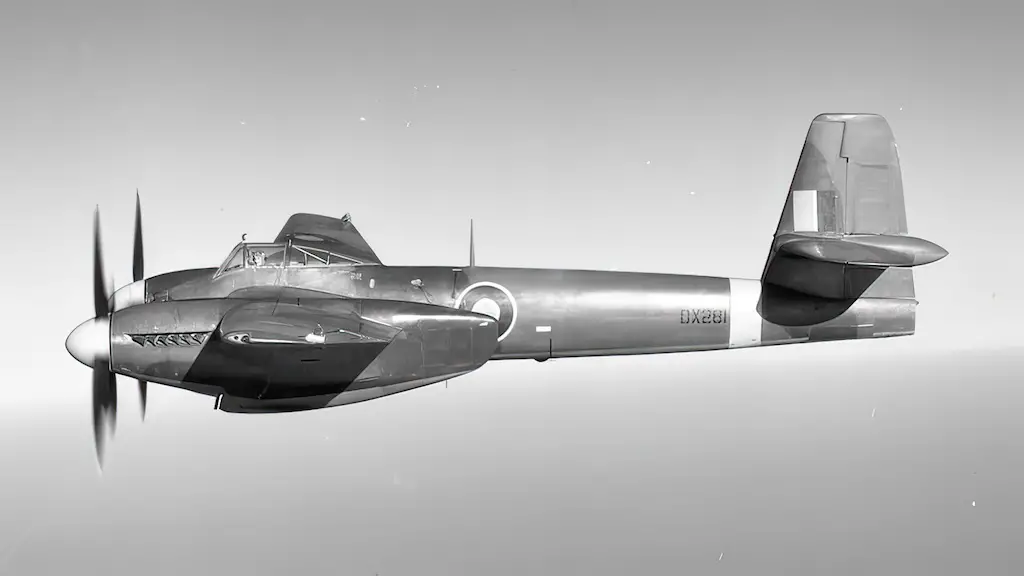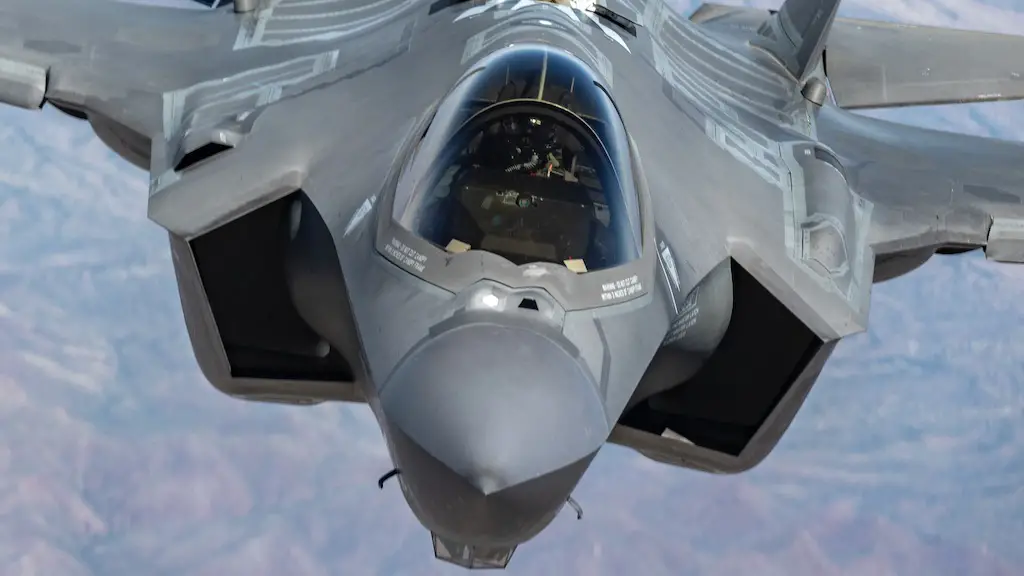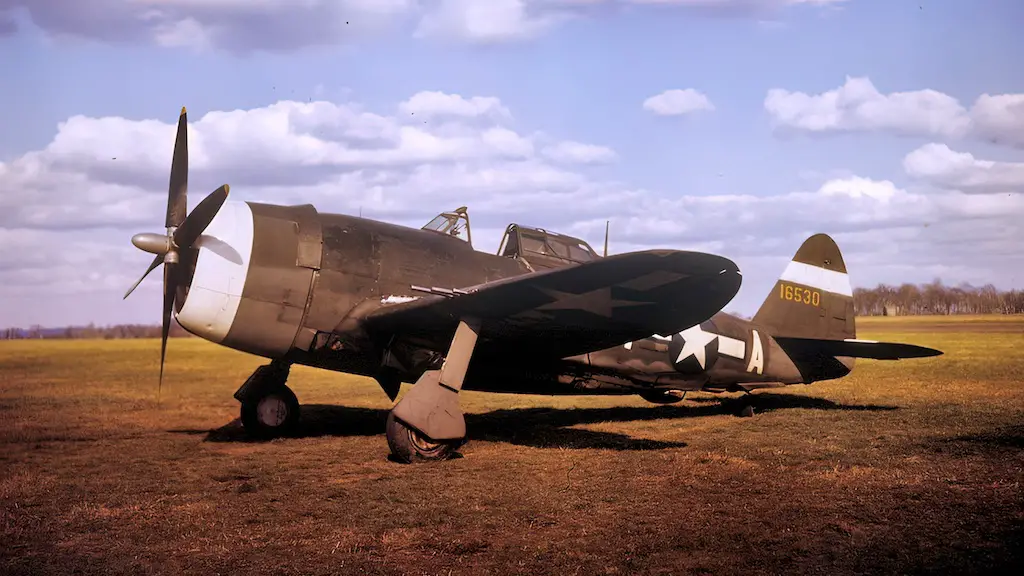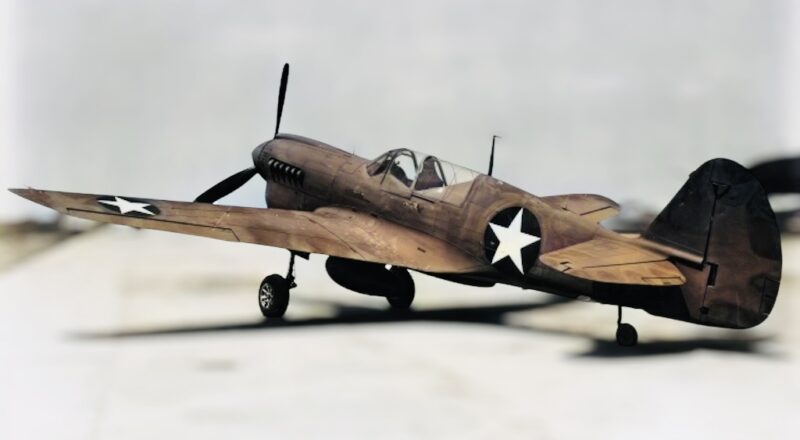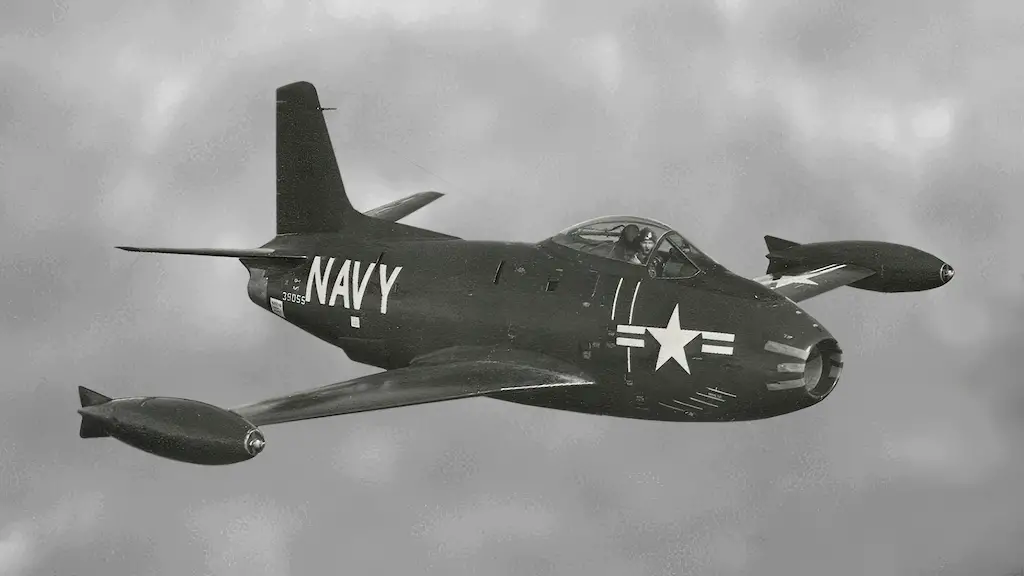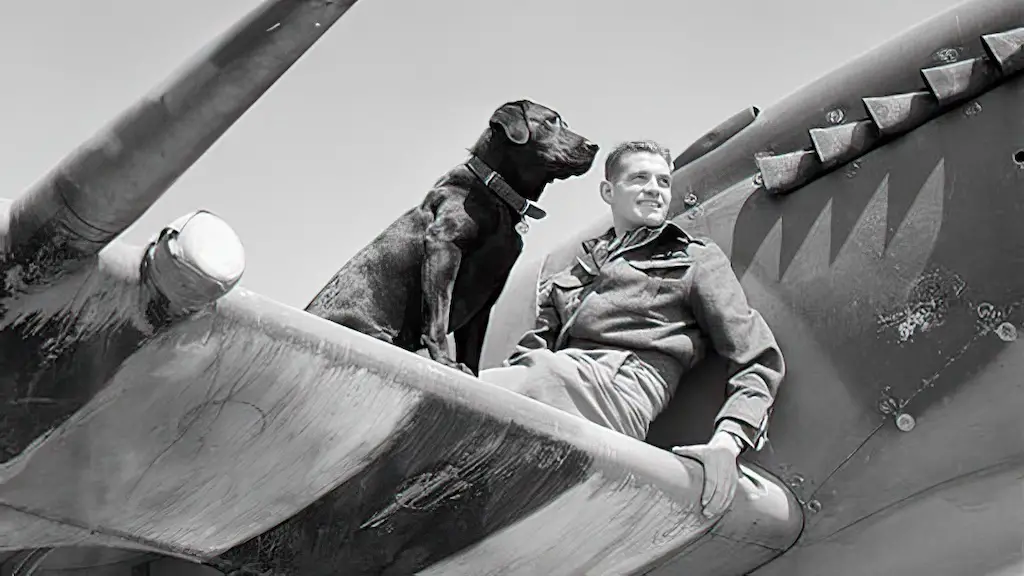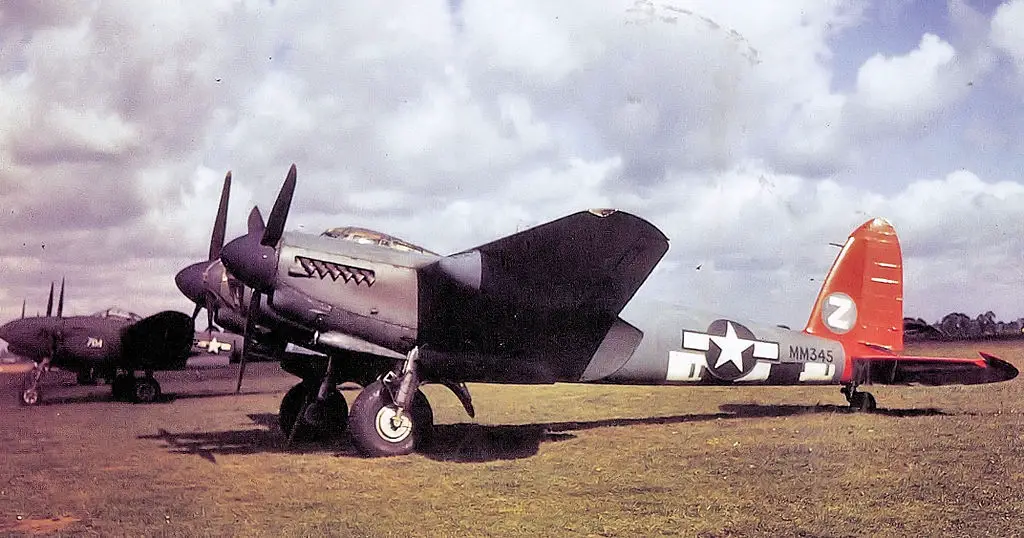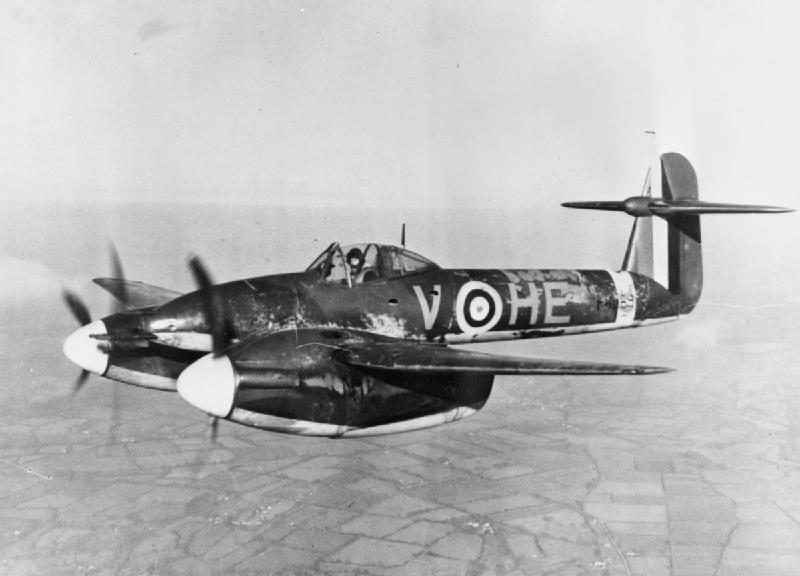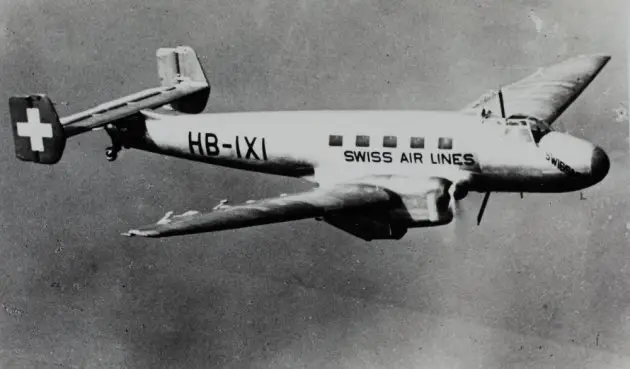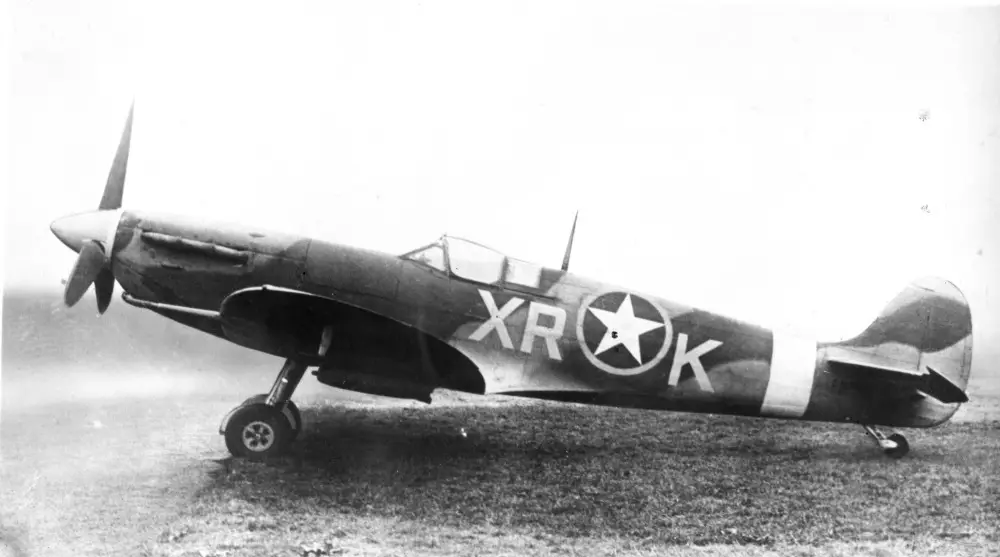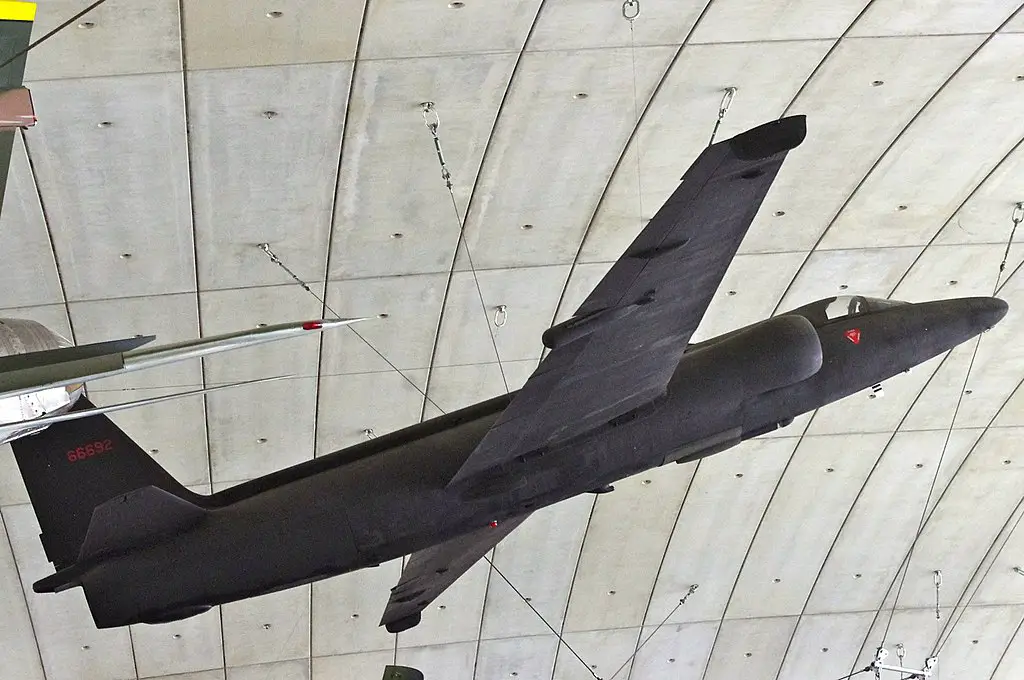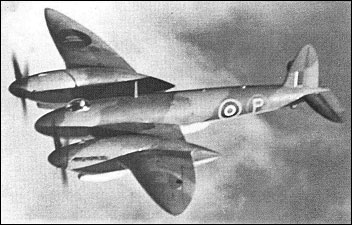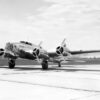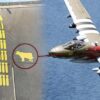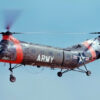The Westland Welkin fighter, whose name basically meant “sky,” “heavens,” or “upper air” in Old English, was created during the Second World War to defend Britain against Germany’s highest-flying aircraft. In designing it Westland Aircraft capitalized on the experience it had gained from the development of its Whirlwind model, while also pioneering technologies characteristic of warplanes intended for waging combat in stratosphere.
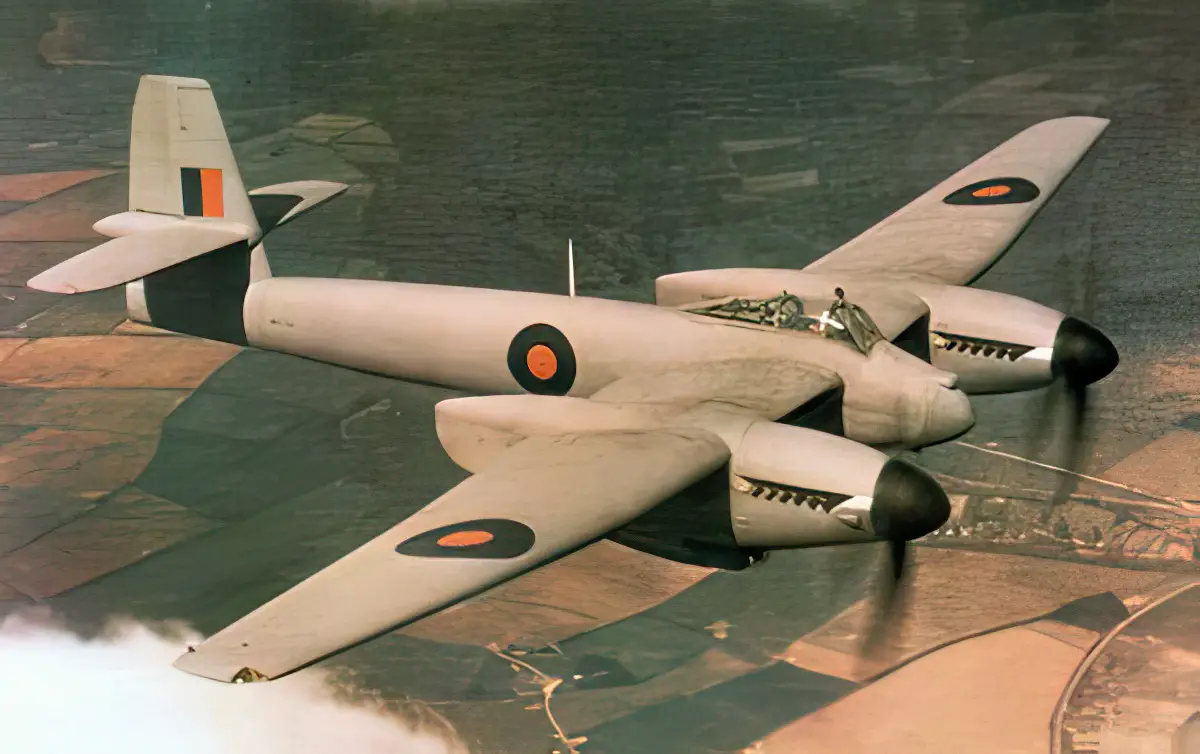
The Junkers menace
British aircraft manufacturers had pursued the idea of building a high-altitude, pressurized plane even before the war broke out. The most notable of these pursuits was the General Aircraft GAL.41 demonstrator, developed from GAL ST.25 Monospar in the spring of 1939.
In the fall of 1940, interest in such aircraft was further instigated by German overflights of Britain using Ju 86 bombers specifically modified for high-altitude missions. In the aftermath of the Battle of Britain, it seemed quite possible that Germany would make another try at ruining the UK from the air, this time using aircraft unreachable for British fighters. So, in 1941, the Air Ministry gave Westland go-ahead to build a prototype of an interceptor that would be capable of dealing with that threat.
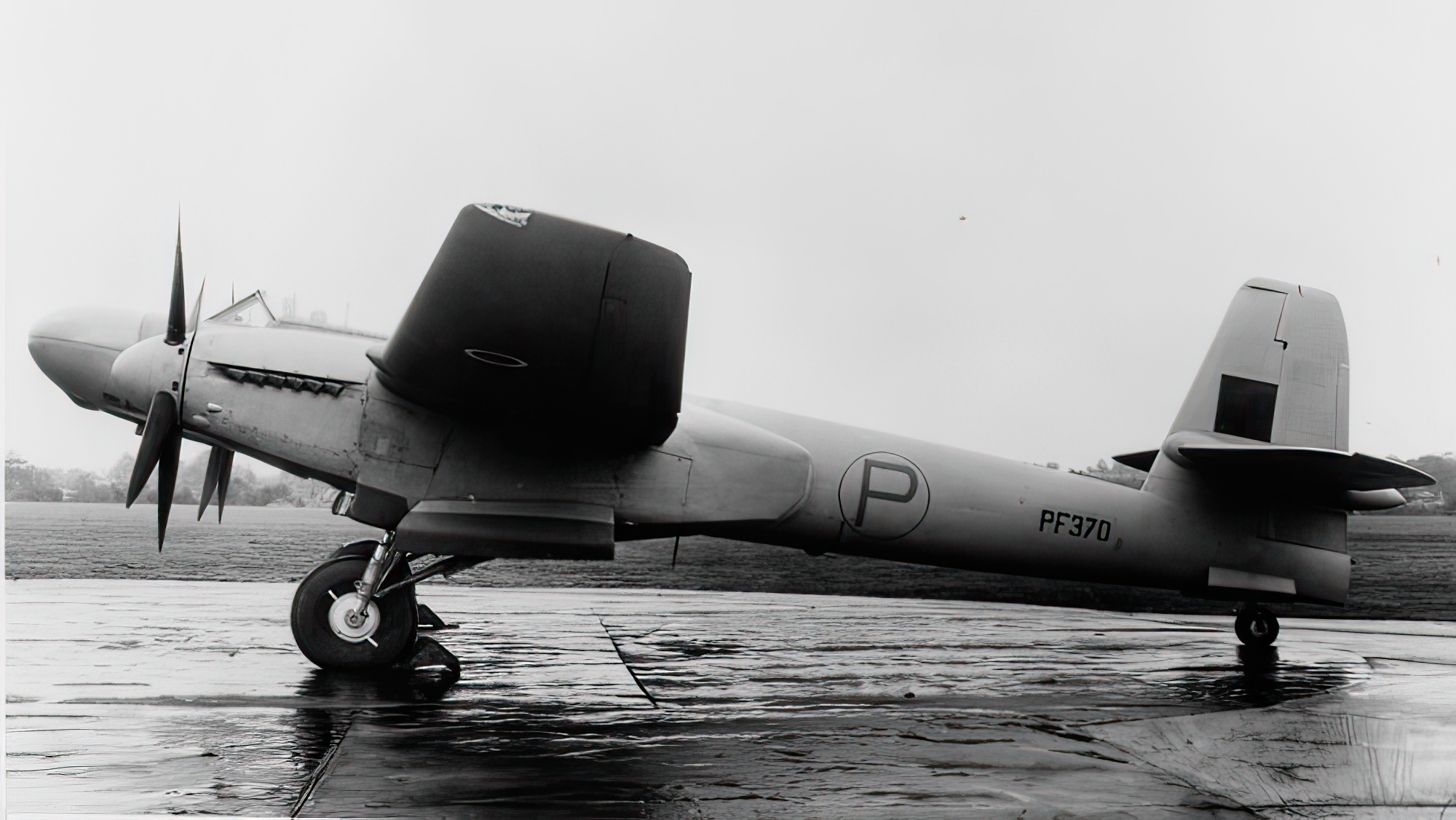
Whirlwind’s cousin
The Welkin followed the same basic configuration as Westland’s another twin-engine fighter of the time, the Whirlwind, but had a number of significant differences as well. For example, unlike the Whirlwind, the Welkin was powered not by Rolls-Royce Peregrine engines, but by more powerful Rolls-Royce Merlin ones. Producing 1,233 hp of power each, these powerplants allowed the Welkin to have a top speed of 385 mph.
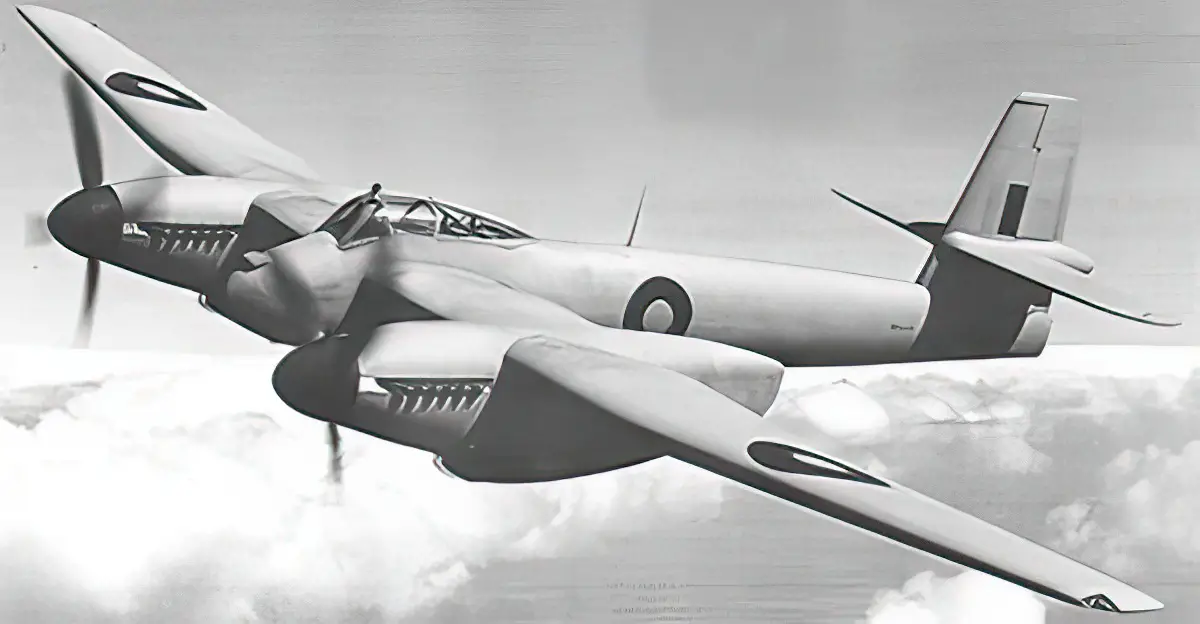
Challenges of altitude and speed
Naturally, the Welkin’s most important features were those related to its high-altitude capabilities. Designed to operate at altitudes of up to 45,000 ft, the aircraft had a very large, high aspect-ratio wing spanning a whopping 70 ft and resembling the one that would be later used by the American U-2 spy plane. It also had a pressurized cockpit, although the pilot still had to use an oxygen mask at maximum altitude and wear a high-altitude suit so as to be prepared for a possible bailout. The Welkin was armed by four 20 mm cannons mounted in a tray under the forward fuselage.
The Welkin first flew in November 1942. While the aircraft’s trials proved it to be a fairly good machine, certainly better than its competitor, the Vickers Type 432, the Welkin had one serious problem. After reaching the speed of 500 mph in a dive it suffered from the so-called “compressibility stall,” that is the airflow over the wings achieved the speed of sound at the thickest point, producing shock waves. Thus, pursuing an enemy diving toward the ground would have been a serious problem for the Welkin.
Danger passed
Eventually, Welkin shared the destiny of a number of late WWII designs in that it saw very limited production despite being a fairly decent airplane. By the time it went into production in late 1943, Germany had stopped flying high-altitude Ju 86 missions over Britain, as well as in other war theaters. In fact, Germany was by then increasingly on the defense and focusing much more on countering Allied bomber raids than on organizing ones of its own.
Besides, Supermarine Spitfires modified for high-altitude combat proved capable of bringing Ju 86s down. Another important factor was that the de Havilland Mosquito had already been accepted into service and proven itself in combat. The Mosquito PR Mk.XVI variant also had a pressurized cockpit and could fly almost as high as the Welkins. Although having two high-altitude fighters wouldn’t hurt, there was no really strong need for a second one.
Consequently, just 75 Welkins out of the 100-aircraft order ever made it off the production line. Even though they did equip some RAF squadrons, Welkins never saw combat either against their perceived opponents, Ju 86s, or any other enemy aircraft. Westland studied several ideas of Welkin derivatives, and even built a prototype of a night fighter variant, but things never came any further than that. The existing Welkins saw some use in high-altitude flight research. Still, soon after the war ended, they were scrapped and the project was abandoned for good.

